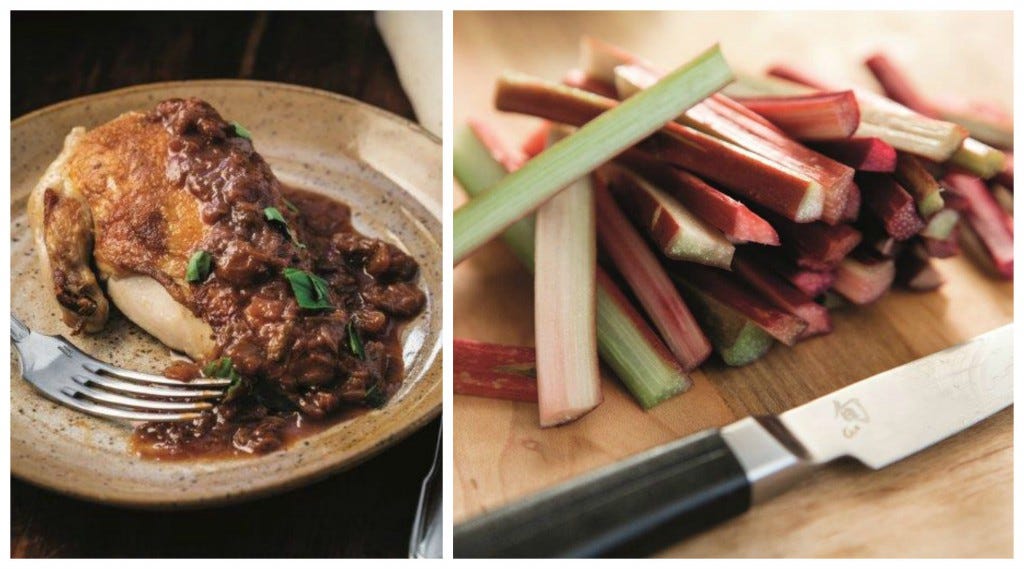Chicken with Sweet & Sour Rhubarb Sauce

I keep asking everyone: Have you seen rhubarb at the market yet? Have you? Have you? It's not even that I love the stuff so much, it's more that I love what rhubarb signifies: Spring. Farmer's markets. Fresh herby salads. But yes, it does help that I haven't been able to get the idea of a sweet and sour rhubarb sauce -- a recipe I dogeared in Michael An…




